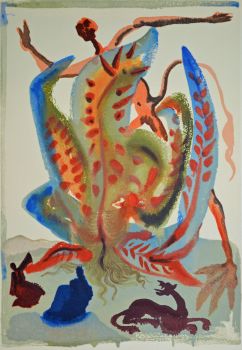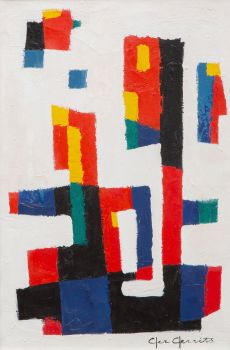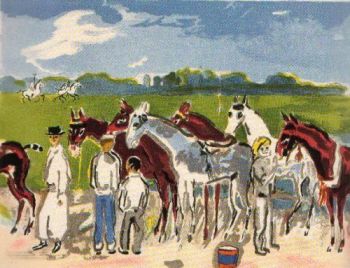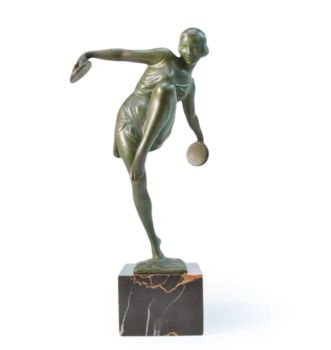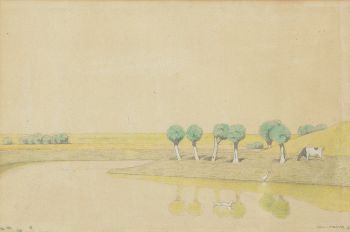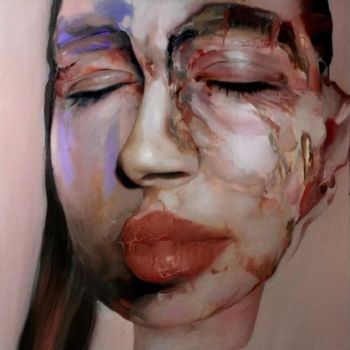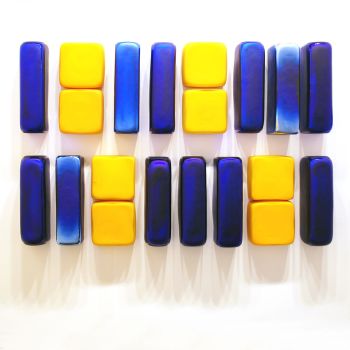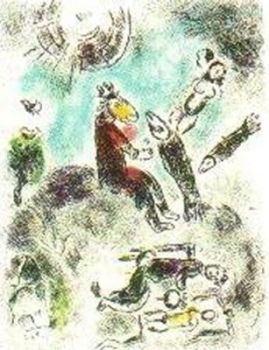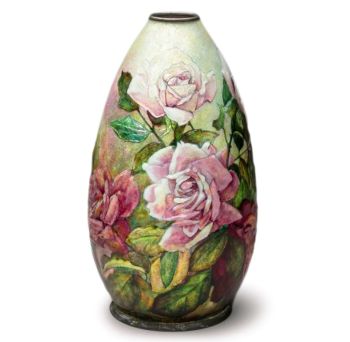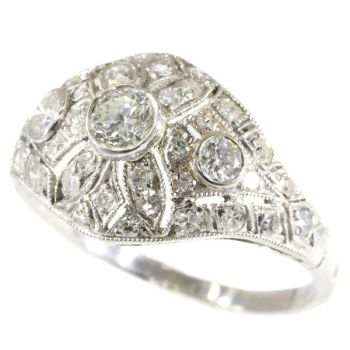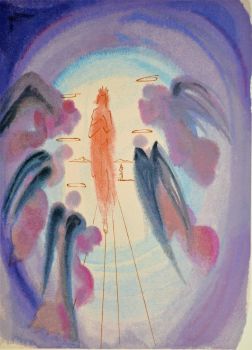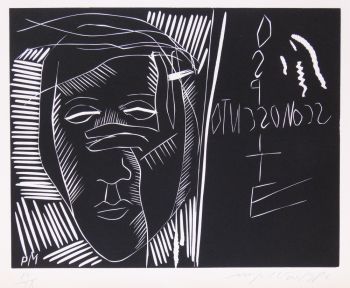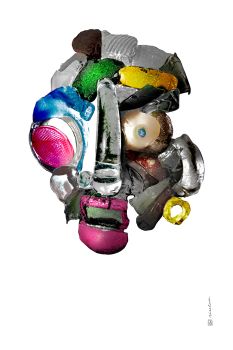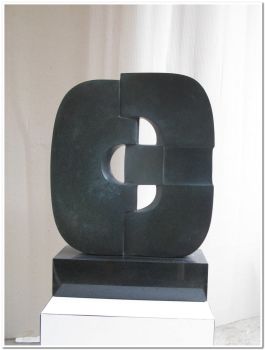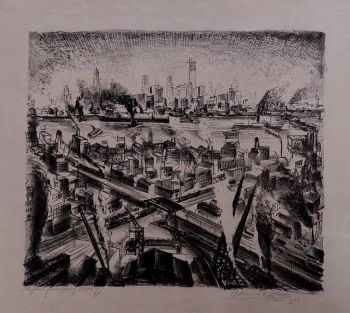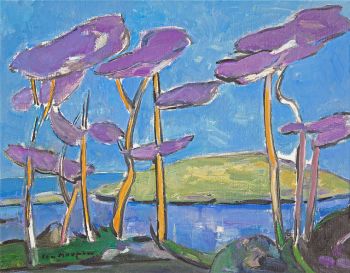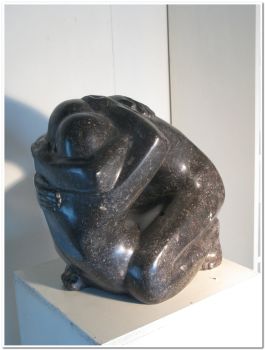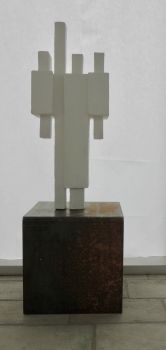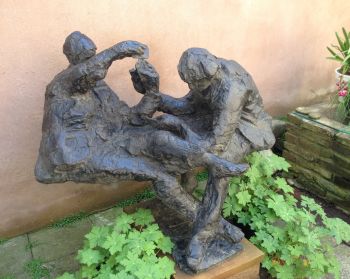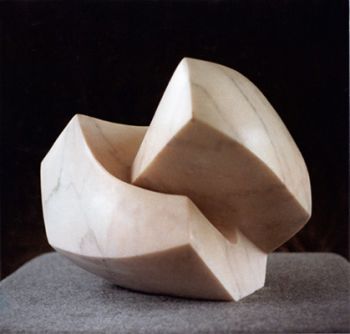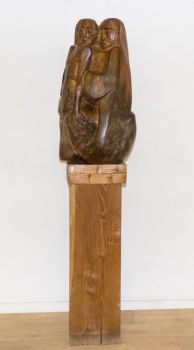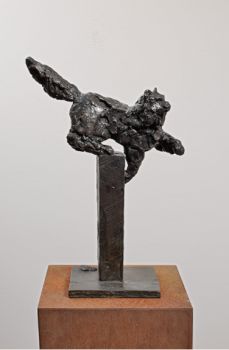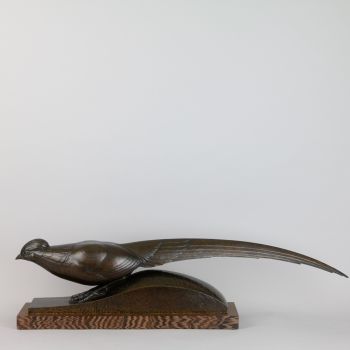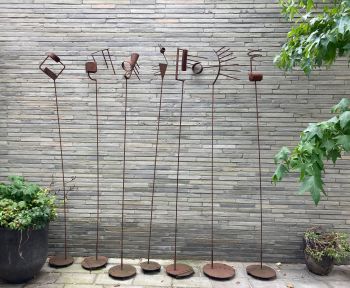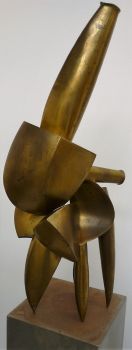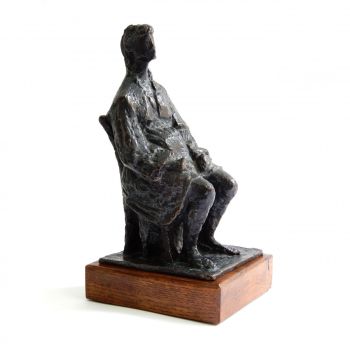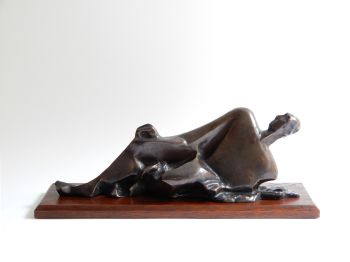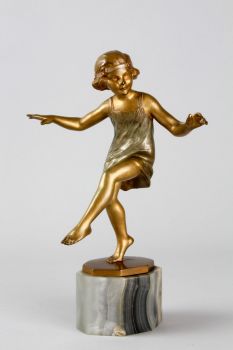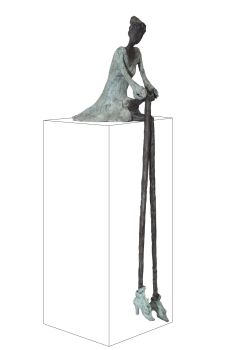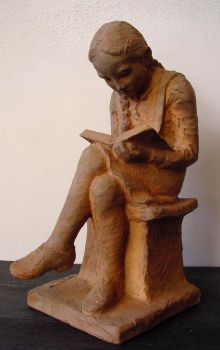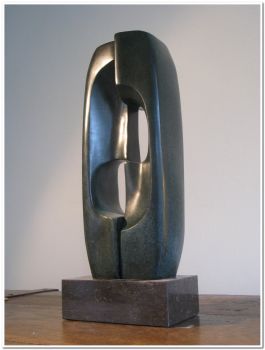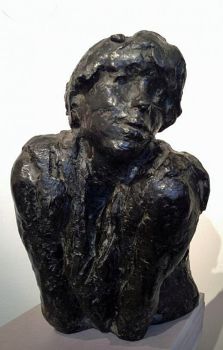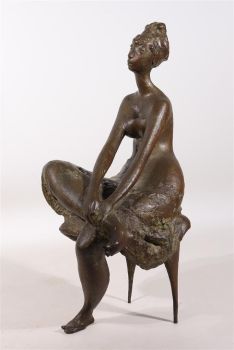About the artist
Jozef Cantré (Ghent, December 26, 1890 – August 29, 1957) was a Flemish artist.
Like his brother Jan-Frans, Jozef Cantré was part of the 'Five' (with Frans Masereel, Henri Van Straten and Joris Minne) who renovated the Flemish wood engraving art after the First World War.
Like his brother, he received his artistic training at the Ghent Academy. He worked in the Netherlands from the age of twenty-eight to his thirties. Here he became friends with the Belgian artists Frits Van Den Berghe and Gust De Smet, where he immediately became interested in Flemish expressionism. In 1930 he returned to Ghent and from 1941 to 1946 he was affiliated with the Brussels Higher Institute for Applied Art.
Jozef Cantré was not only a xylographer. He was also one of the leading Flemish sculptors. The explanation for his monumental world of forms is immediately found in wood engraving.
He was also a book binding designer and provided illustrations, including in the book De Nieuwe Esopet by Karel van de Woestijne (binding design and sixteen illustrations).
His first images were created in 1909. The influence of Constantin Meunier and Georges Minne, one more realist, the other more symbolist, cannot be misunderstood. His emotional portrayal is characteristic of his sculptures.
His most famous creation is undoubtedly the statue of Edward Anseele in Ghent. He also designed the statue of Peter Benoit in Harelbeke. In Hoorn there is a stone bust of Cantré by Johannes Messchaert.
In 1953, Jozef Cantré designed a monumental sculpture for the Ostend Postal Building based on a 1945 concept by Gaston Eysselinck, the architect of the building.
The work was installed six years after the sculptor's death. The group of statues represents four intertwined women of different races who connect with a centrally positioned winged goddess: they are a metaphor for the unity in the world through postal traffic. The official name of the sculpture is: The Communication Media, or Unity of the world through Telephony, Telegraphy and Postal Traffic.
From 1941 to 1946, Cantré became a teacher at the Ter Kameren Institute in Brussels. Jozef Cantré is considered the most typical expressionist sculptor in Flanders.

